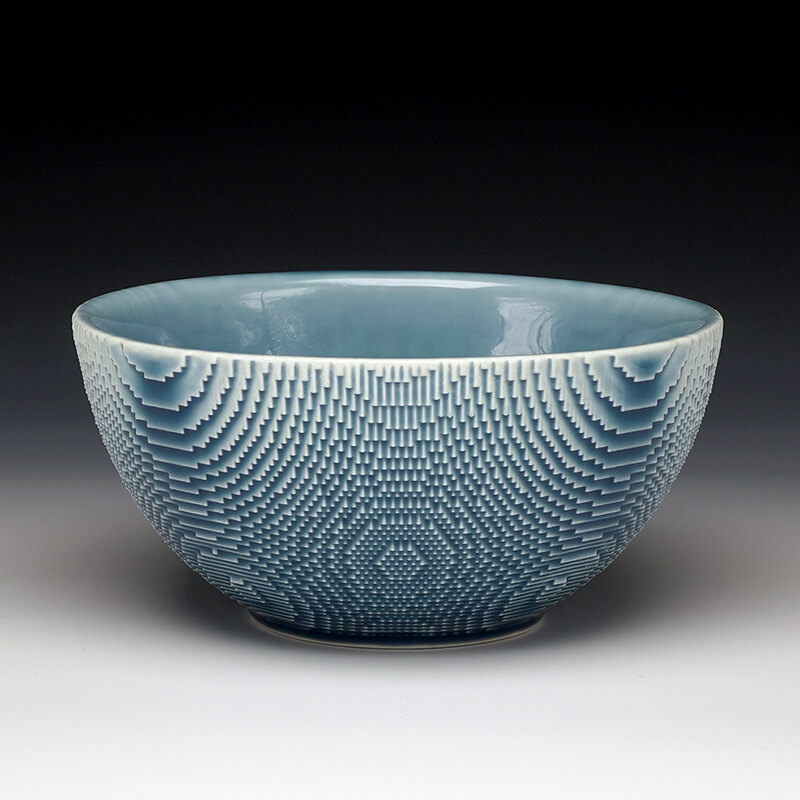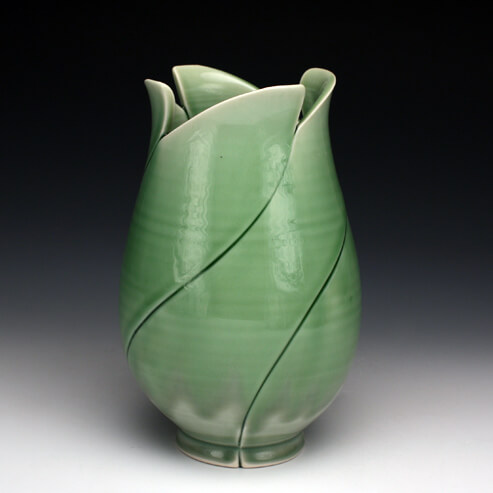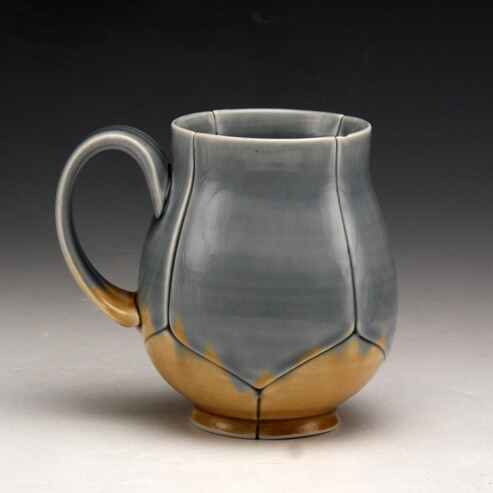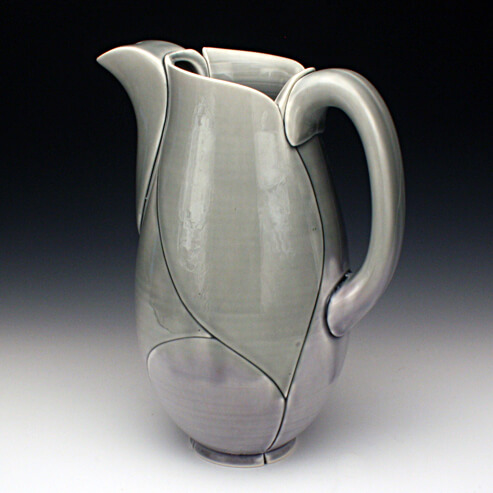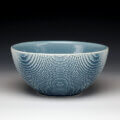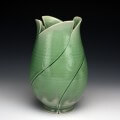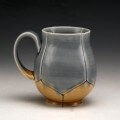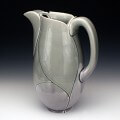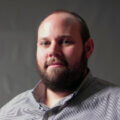
Red Lodge Clay Center – Short-Term Resident 2011
Jeff Campana is an artist, designer, and an Associate Professor of Art at Kennesaw State University in the Atlanta area. Prior to his appointment at Kennesaw State, he was a long-term Artist in Residence at the Archie Bray Foundation for the Ceramic Arts in Helena, MT. Additionally, he has had short term residencies at Red Lodge Clay Center and Studio 740. He has taught at the University of Louisville, Indiana University Southeast, and Bennington College. He holds a BFA in Art with a focus in ceramics from University of Wisconsin – Whitewater, and an MFA in Ceramics from Indiana University Bloomington. He exhibits nationally and his work and research has been published in numerous books and magazines. In 2023, he co-founded Campana Design Studio with the goal of widening his studio practice to a broader audience.
I have always been fascinated by pottery forms and the potential of deconstruction. What hidden potential lies within an object, and how do I access it? In the studio I work almost scientifically to discover and uncover the potential of a given form and function in a way that relates to how it was made. While I have deconstructed fully formed pots, and then molds used to make vessels, these recent works have tapped into the potential of digital design processes. The pattern on the surface results from breaking down the root form into “voxels” or volumetric pixels. The texture is not applied, but instead the form is constructed from these elements, and the slip casting process renders them open and smooth on the inside. Look closely and you can see the echo of the texture on the interior. A bowl based on a sphere will generate more and more circles as the resolution increases. The form is re-expressing itself on the surface and within the structure of the form itself, through the dissonance of cubes and spheres. The result is pottery that begs you to touch it, and examine it more closely as time goes on.

